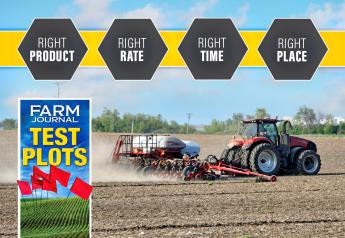AgPro Podcast: CHS Says 4R Management Is Proactive And the Right Thing To Do
How are you adopting and promoting the 4R strategy across your nutrient management business?
Joe Huebener
Shipman, Ill.
Precision Ag Specialist, CHS Inc.
A: “Part of our territory includes Lake Springfield, which is in the shadow of our state capitol, and it’s had some issues with nitrates. Adopting the 4R strategy is proactive—it shows we are taking steps to reduce nitrogen and phosphorus losses. It’s what is agronomically and economically correct and is in the best interest for the farmer. It’s on us to educate farmers about the 4Rs and our capabilities to put into practice the 4Rs across their farms. We’ve been able to streamline data transfer from growers, so they don’t have to do anything beyond make sure they have a well-calibrated yield monitor.”







